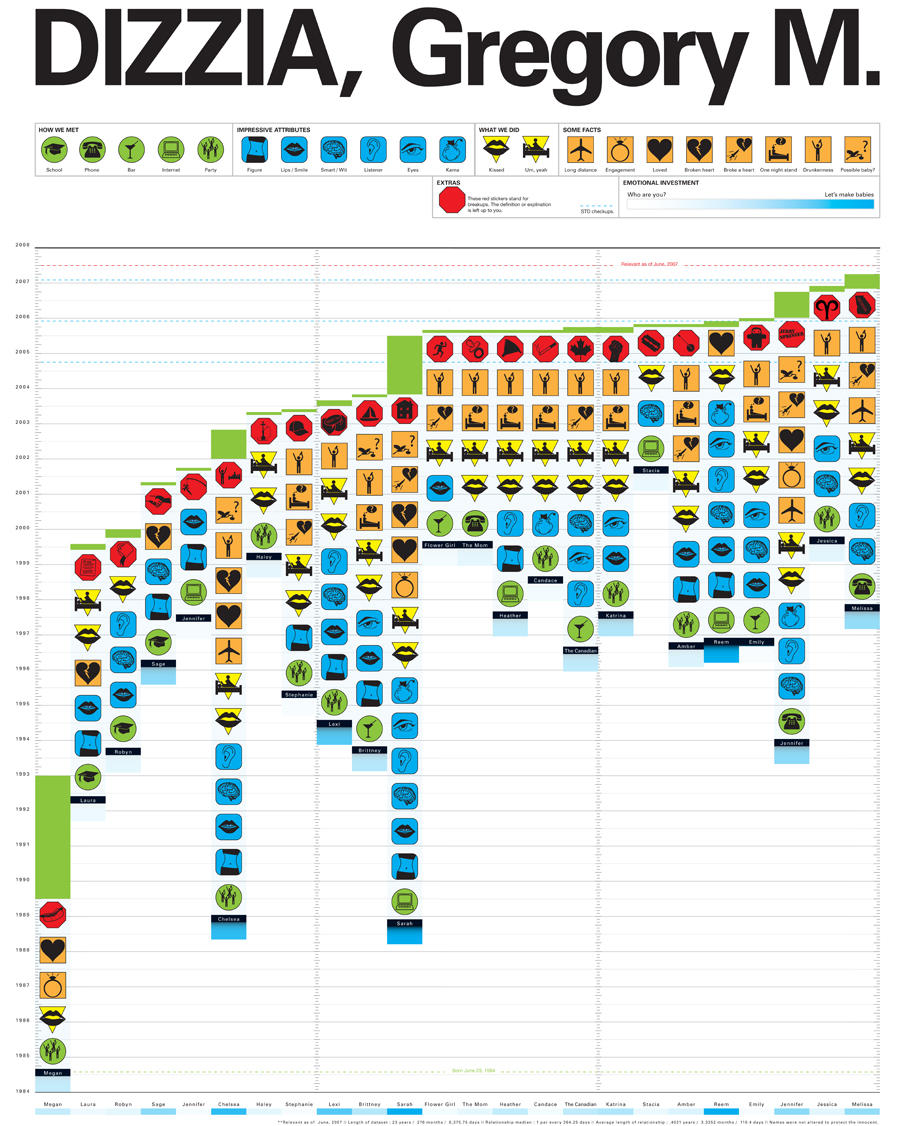Encourage people to talk to communicate more, and then some...
9:09 pm
•
Design Practice,
OUGD103
•
0
comments
![]()
Me and partner Lindsey have worked well this last week and we gave a proposal on Friday as to where we want to take the brief. To answer the brief we focused in on stereotypes and saw this as a factor as to why we don't talk to strangers more often, we basically are told everyday by the media not to trust anyone or go out at night for fear of being kidnapped, etc. I find it hard to think I would/could be kidnapped, mind you.
So we pitched the idea to create some posters based around negative stereotypes but then attaching a positive connotation to them in the form of a newspaper story. As I pitched and looked enthused by our idea I looked around for a general nod of approval and all I saw were blank faces and wondered if the panel were 'getting it' but the feedback we got confirmed they did. Issues, such as aesthetics, with the boards were the main points made and also some people questioned the integrity of using a poster as the method for delivery but me and Lindsey both agreed this would still be the best way to deliver our campaign.
These are a few images of our boards, and also a couple of amendments I made to satisfy the need for a more visual board design.





Today was not only the start of a new week, it was also the start of the next part of the brief. After rumours were flying around about us swapping our project for another I was resound to losing our work. The rumours were indeed confirmed and everyone was a little annoyed. I, however, did not mind much when I realised we had inherited a really awesome body of work from Alex and Dan. We had to listen to them essentially brief us on what they had and the ideas they were working on and then we had to look at the work, and redefine things like the audience and shape the project into something that could be resolved.
Lindsey and I came up with some solid ideas for their work and it was all going well. I started to prefer doing this to our own project and was thinking forward to a resolution. That was before Fred decided to turn the project on its head once again, this time by announcing we would pitch the work we amended and then eventually give the project back, in our case to Dan and Alex. I was not best pleased, particularly when we saw how our project had moved on, this was not Alex's or Dan's fault at all, they had just put in their spin on it from what we had told them in the first presentation. In the end I think we have to decided to stick with what we wanted but also incorporate Alex and Dan's ideas too at some stage. Well.. we will have too as they were made to rewrite our brief, luckily they did not change much anyway..













